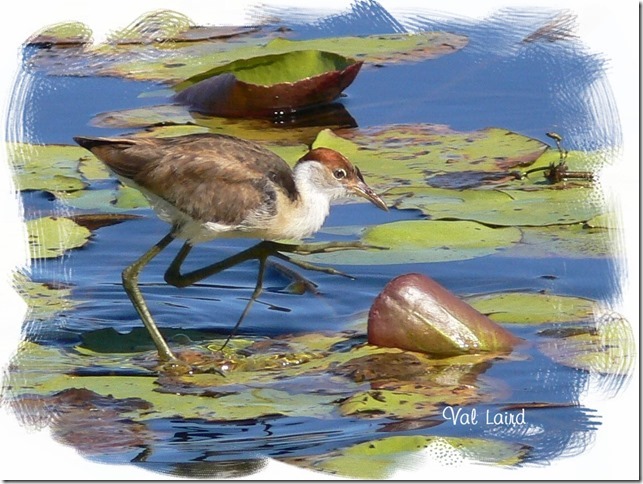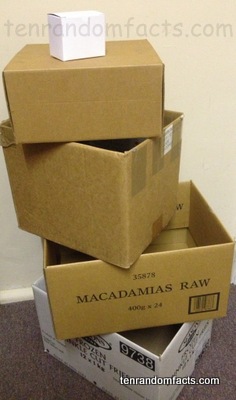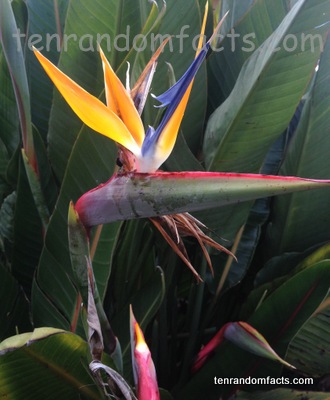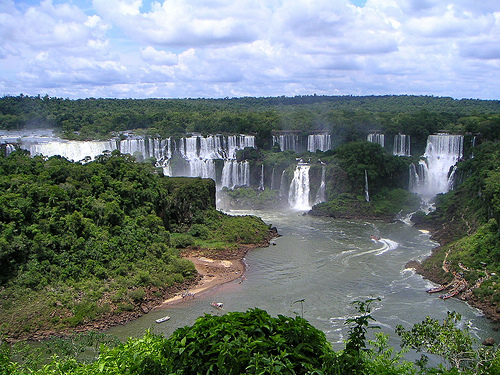
Walk on water little jacana.
- A jacana is a wader, and is also known as a ‘Jesus bird’, ‘lily trotter’, ‘lotus bird’ and ‘jaçana’.
- Jacanas are tropical birds found throughout the tropical regions of the world, that live in shallow lake areas, ponds and wetlands.
- There are eight known species of jacanas that come from the family ‘Jacanidae’, and males range from 15 to 39 cm (6 to 15 inches) in length and the females are slightly larger.
- Jacanas’ diet consists mainly of insects, molluscs and other small animals found in a lake habitat, as well as aquatic seeds.
- Jacanas appear to walk on water, and have long legs and large feet and claws or toes up to 7 cm (2.75 inches) long, which allows the bird to walk on lily pads and other vegetation in the water.
Image Courtsey of Val Laird
- Jacanas are typically brown in colour with pointy beaks and are good swimmers and divers. and can stay under water for long periods of time.
- Jacanas build nests from plant material, that sit on floating or submerged vegetation.
- Jacana females lay approximately four glossy eggs that are camouflaged with different markings, and the male sits on them and looks after the chicks.
- Some jacanas have spurs on their wings which they use for fighting, and their wings are sometimes used to pick up eggs or their young to move them to another location.
- Jacanas rarely leave their lake habitat to walk on land, and they only fly short distances.
Bibliography:
Jacanas, 2013, Wikipedia, < http://en.wikipedia.org/wiki/Jacana>
Jacanas aka Lotus Birds, Lily Trotters or Jesus Birds, n.d, Avian Web, < http://www.avianweb.com/jacanas.html>






















